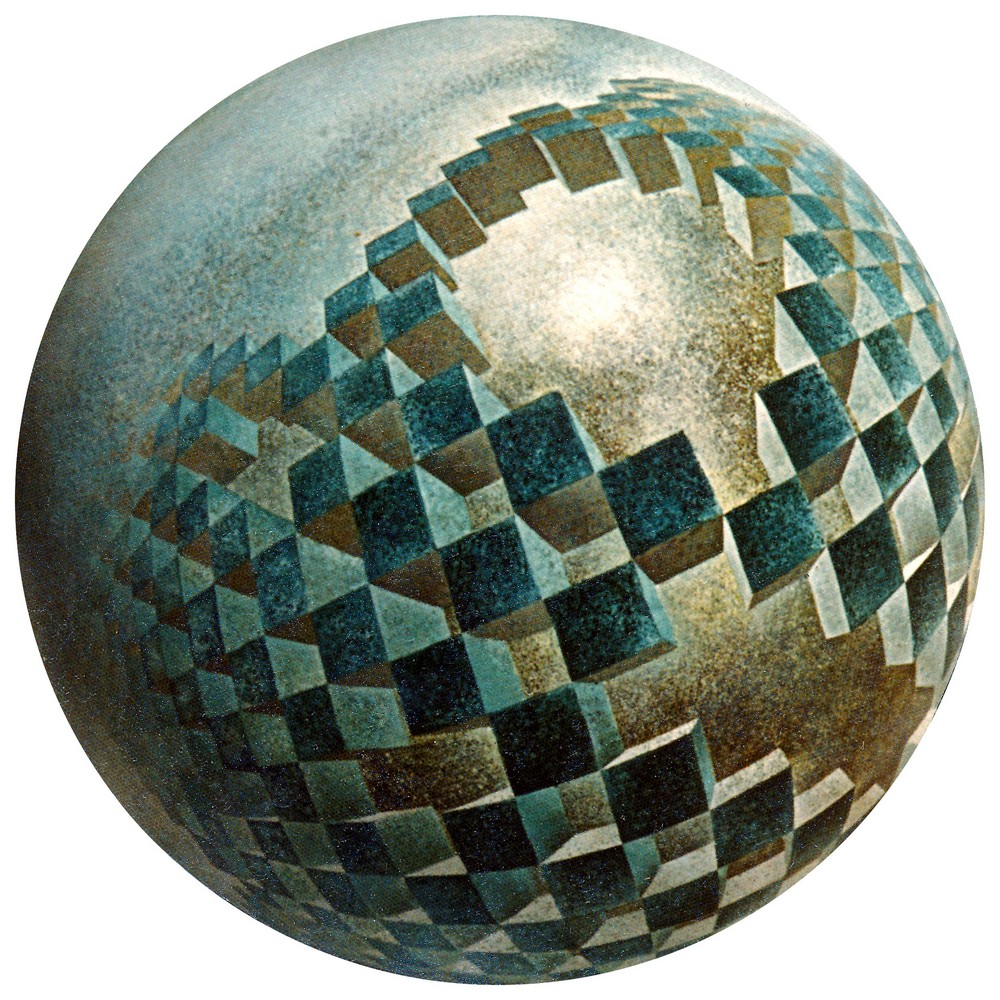

Oberthaler: Quantum field simulator for dynamics in curved spacetime. Markus Oberthaler, whose research group is also part of the STRUCTURES Cluster of Excellence at Ruperto Carola, said, “Studying the interplay of curved spacetime and quantum mechanical states in the lab will occupy us for some time to come.” of curved space-times, andleads to an understanding of the basic properties of simple cosmological models and of the collapse of a star to form a black. To be able to study them in the lab specifically opens up entirely new possibilities in research by enabling us to test new theoretical models experimentally.”

Cosmological problems normally take place on unimaginably large scales. The City of Fawn Creek is located in the State of Kansas. This allows us to create conditions like those in an expanding universe.”Ī quantum field theoretical model was developed to compare the experimental results quantitatively.Ĭelia Viermann, the primary author of the study said, “Using the quantum field simulator, cosmic phenomena, such as the production of particles based on the expansion of space, and even the spacetime curvature can be made measurable. Stefan Flörchinger said, “For the waves on the condensate, the propagation speed depends on the density and the interaction of the atoms. The Bose-Einstein condensate’s wavelike excitations can propagate at different rates depending on how accurately the atoms interact. The apparent position is its position as seen by a theoretical observer at the centre of the moving Earth. In addition, the atomic cloud in the final two dimensions is remarkably malleable, making it conceivable to realize curved spacetimes. The mean position of a star (relative to the observer's adopted coordinate system) can be calculated from its value at an arbitrary epoch, together with its actual motion over time (known as proper motion ). Due to the two-dimensional nature of space, the excitations can only propagate in two spatial directions. In the experiment by Heidelberg physicists, the atoms are contained in a thin layer. In our Universe, there are three dimensions of space and a fourth: time.” The form of the atomic cloud determines the dimensionality and the properties of spacetime on which these excitations ride like waves. The FriedmannLematreRobertsonWalker metric is a curved metric which forms the current foundation for the description of the expansion of space and shape of the universe. first detection of gravitational waves from a binary neutron star merger in 2017. Curved spaces play an essential role in general relativity, where gravity is often visualized as curved space. Oberthaler explains, “The Bose-Einstein condensate is a perfect background against which the smallest excitations, i.e., changes in the energy state of the atoms, become visible. to generalise the usual Gross-Pitaevskii equation to curved space-time.


 0 kommentar(er)
0 kommentar(er)
